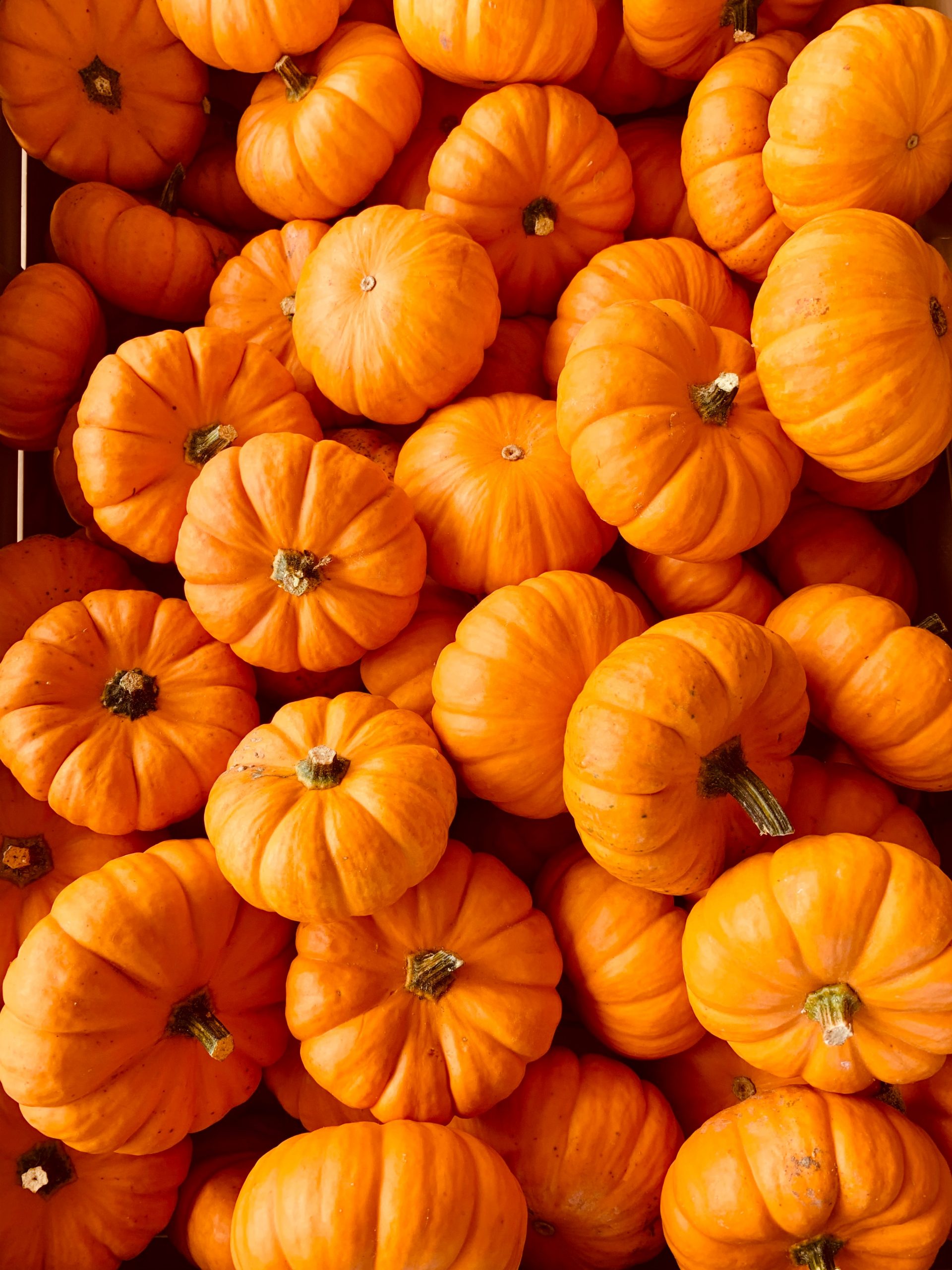Last Updated on April 9, 2024 by Real Men Sow
The round, orange vegetable that takes so much attention in October is finally in season. Whether it rather serves as a great cream soup or Halloween decoration, it is always a centerpiece of your table. If you are wondering how to grow this magical vegetable, this post gives a short guide on growing pumpkins in pots.

Where to Grow Pumpkins
The gourd family includes pumpkins as well as courgettes, squashes, and marrows. Many varieties are large and have long, trailing vines that support the fruit. They require lots of sunlight and plenty of water to grow decent crops.
Pumpkins require protection from high winds. A sheltered spot to grow them is ideal. You can either give them plenty of space or provide some form of training and trellising as they grow. Twine can also be used to make spirals from vines. It takes up less space and looks great.
Best time to Grow Pumpkins
Seeds should be sown and started off in 4in – 5in pots at your greenhouse or cold frame in April. Harden them off by the end of May for Transplanting.
How to Grow Pumpkins in Pots
By the beginning of June they should be planted out, after hardening them off at the end of May. The plants should have 6ft – 10ft spaces in between them, depending on the variety you’re growing.
Dig holes 5cm deeper than your pots that are 45cm apart at all sides, water if you’re planting under a dry spell. Ease the pumpkin out of the pot, make sure that the root ball is undisturbed. Place the plant in the hole you’ve dug and fill around the plant with soil.
Pumpkins tend to be deep-rooted, therefore, you should put an upside-down plastic bottle with its bottom cut off to be able to reach its roots.
Crop Care for Pot Pumpkins
Pumpkins that are growing are fairly thirsty especially as they start to ripen, therefore, water them during prolonged dry periods. Make sure you’ve added the upside-down bottle to help you water the plant. If you don’t need too much fruit, remove any surplus pumpkins growing early on by pinching the growing tips out from the vines. Doing this would help the ones you decided to keep by making more nutrients available for them.
Pests and Diseases when Growing Pumpkins in Pots
Avoid growing them near cucumbers, courgettes, marrows or squash due to the fact that they may become affected with the cucumber mosaic virus. Keep them away from each other to prevent cross-infection.
Powdery mildew should also be avoided by watering your plants only during the day to make the moisture evaporate quickly. You may also use a soaker hose that waters roots and does not soak its leaves.
Harvesting Pumpkins in Pots
Remove any large leaves that may have been shading them from sunlight and turn them gently without damaging the stalk. You should also put wood or matting under them to keep them from getting too wet or to keep them from being attacked by pests.
Expect your pumpkin harvest to be 12 – 20 weeks after sowing. The stem will start to crack and the outer skin will harden when a pumpkin is ripe. Cut through the stalk a few inches above the top of the fruit if you’re planning to store it. You can also leave it in the sun for another week or so to cure the pumpkin and let it harden further.
Store Grown Pumpkins
Avoid any surface damages to avoid decay and shortening its shelf life. Pumpkins that are showing any signs of spoilage should be removed. You can freeze, can, or dry pumpkins to keep it longer.
Health Benefits of Pumpkins
Pumpkins are nutritious and decorative during Halloween. Some pumpkin seeds can also be eaten raw and roasted with a little salt. It’s not just the pumpkin seeds that can be eaten. The shoots and young leaves, as well as the flowers, can also be cooked and eaten raw.

